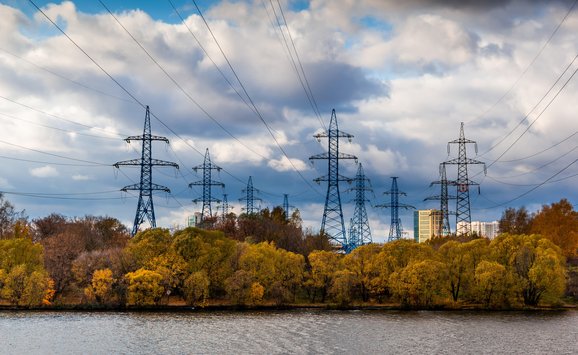On April 10, RFF hosted a seminar on the benefits and costs of shale gas development as experienced by local communities, titled “Exploring the Local Impacts of Shale Gas Development.” As moderator of that event, I’ll attempt to tackle some of the questions posed by our Twitter audience during the event that we were unable to address during the live seminar due to time constraints.
#AskRFF How did you determine the truck trips associated with Shale Gas wells to be between 890 and 1,340? Is that one-way or roundtrip?
— Susan (@abrightidea) April 10, 2014
Our calculations for numbers of round trips were determined primarily by dividing the amount of water needed to frack a well by the amount of water a single truck can hold.
#AskRFF via @RFF_org Is this frack fluid contamination or gas production seepage, or no discrimination in data? — Ken Noble (@Khnobes31) April 10, 2014
I assume that this question is referring to well contamination from natural gas activities and its effect on property values. All we know is that people perceive there to be a problem with relying on groundwater for drinking when they are close to a shale gas operation.
#AskRFF via @RFF_org Would North Dakota be precluded by ICC regulations from tacking impact fees to barrels of oil shipped out of state? — Ken Noble (@Khnobes31) April 10, 2014
To our knowledge, impact fees and severance taxes are levied on production. The movement of the oil has no bearing on whether those fees can be levied.
#AskRFF pls discuss difrnt logics for fees - internalize extrnalties-compensate prop owners-rent capture-redistribute profit statewide-etc
— Carillon (@joyhecht) April 10, 2014
The logic for impact fees depends on their design. As an economist, I would argue that impact fees should be based on some estimates of the environmental damages associated with the planned activities. This would serve to internalize such damages in development behavior. However, in Pennsylvania, impact fees are instead fixed in a schedule determined by the legislature or the Department of Natural Resources; as far as I understand it, the payment level is not connected to empirically determined actual (or even prospective) impacts, but was determined in a bargaining process with the legislature and stakeholders. Moreover, property owners in Pennsylvania are not compensated with impact fees, but with lease and royalty payments if they own the mineral rights under their land. The fees go to some statewide uses, with about half returned to the municipalities experiencing the drilling activity.
@RFF_org: Impacts of #ShaleGas Development: http://t.co/Ymq8RupAF0” #askrff Allcott | what is mechanism for opposite of Dutch disease?
— Laura Grant (@c0ntributary) April 10, 2014
This is a good question. Speaking on behalf of Hunt (Allcott), I’d venture to guess that perhaps the areas with high oil and gas activity are very specialized to the point that rising wages do not have much of a manufacturing base to affect. But even restricting the data to the sectors most likely to be affected, there is no evidence of the resource curse. It remains a puzzle.
@Hunt -- would you expect to see similar results for sectors other than manufacturing? #AskRFF
— Spencer Phillips (@keylogeconomics) April 10, 2014
Yes, even more so. The restaurant industry and other sectors standing to benefit from the boom, even with higher wages, should move cyclically with the boom.





